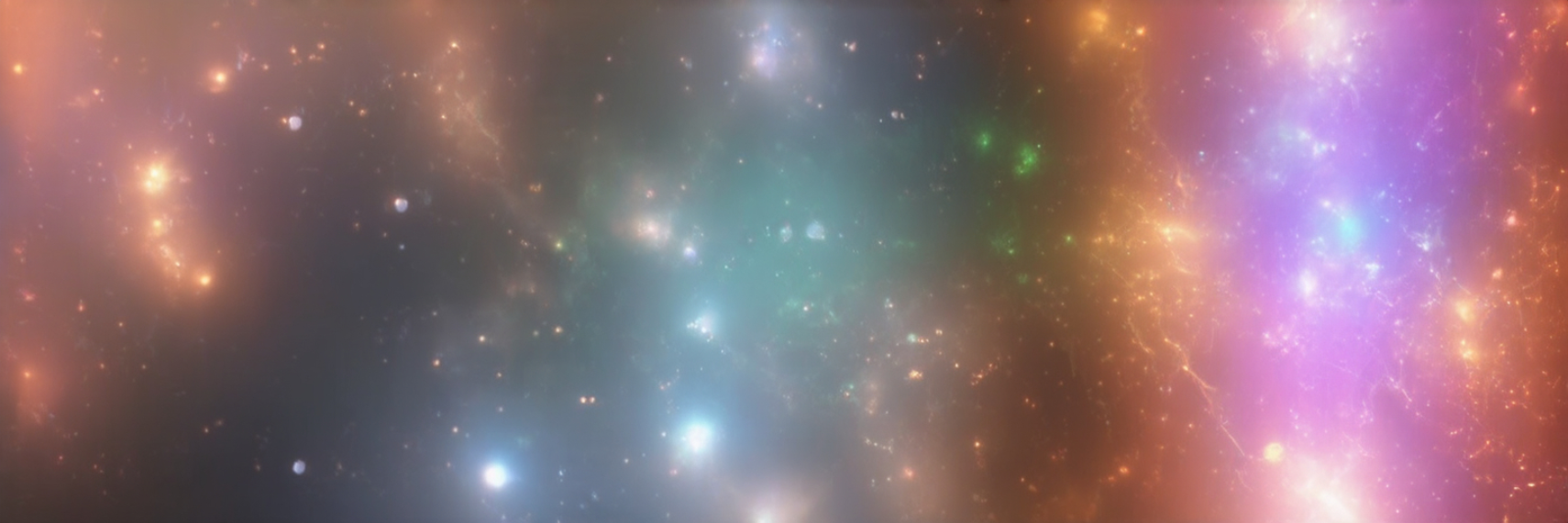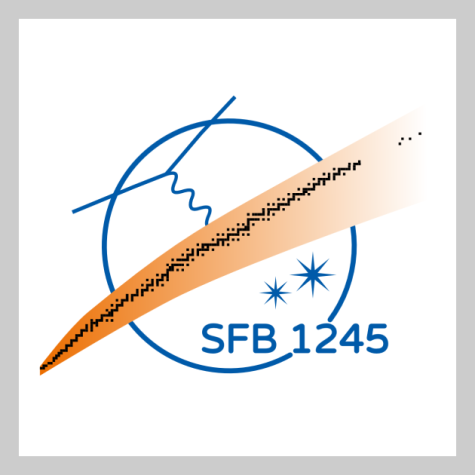We aim at revealing the properties of nuclear matter by exploring phenomena in neutron-rich nuclei.
These rare isotopes, with a large neutron-to-proton asymmetry, in contrast to stable nuclei, exhibit a shell structure which is still to be unravelled. Rare isotopes at the edge of being bound by the strong force, i.e., located at the proton or neutron drip line, may show a thick neutron skin or a neutron halo. These properties can be investigated at dedicated Radioactive Ion Beam (RIB) facilities where short-lived nuclei are produced and studied before their radioactive decay. Many-body nuclear systems can be extended to the strangeness degree of freedom, i.e. composed not only of protons and neutrons but also of hyperons, which are baryons with at least one strange quark. The hyperon-nucleon interactions are different from the nucleon-nucleon interactions and the study of these so called hypernuclei will provide precious information on in-medium nuclear interactions.
Besides the fundamental interest in understanding the nuclear properties of the exotic nuclei, this knowledge will help to understand the synthesis of the elements in the universe in which rare isotopes play a central role.
Our experiments rely on unique instrumentation and methods to access what has been out of reach so far. We develop systems dedicated to the spectroscopy of rare isotopes produced with very low rate at the Radioactive Isotope Beam Factory (RIBF) of RIKEN, Japan. We design a new experiment, which utilises antiprotons from the Extra Low Energy Antiproton (ELENA) ring at CERN's Antiproton Decelerator (AD), to probe the density tail of rare isotopes produced at CERN's Isotope mass Separator On-Line facility (ISOLDE). Finally, we are developing projects towards the high-resolution spectroscopy of hypernuclei at FAIR and CERN.






